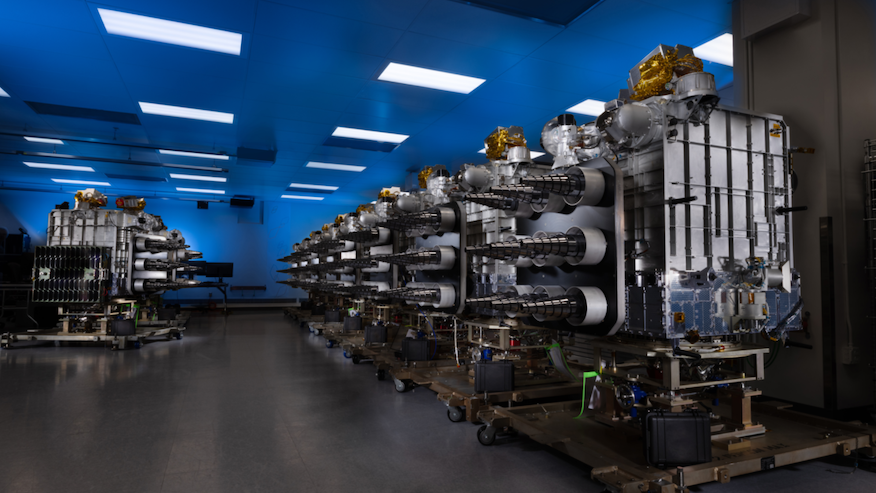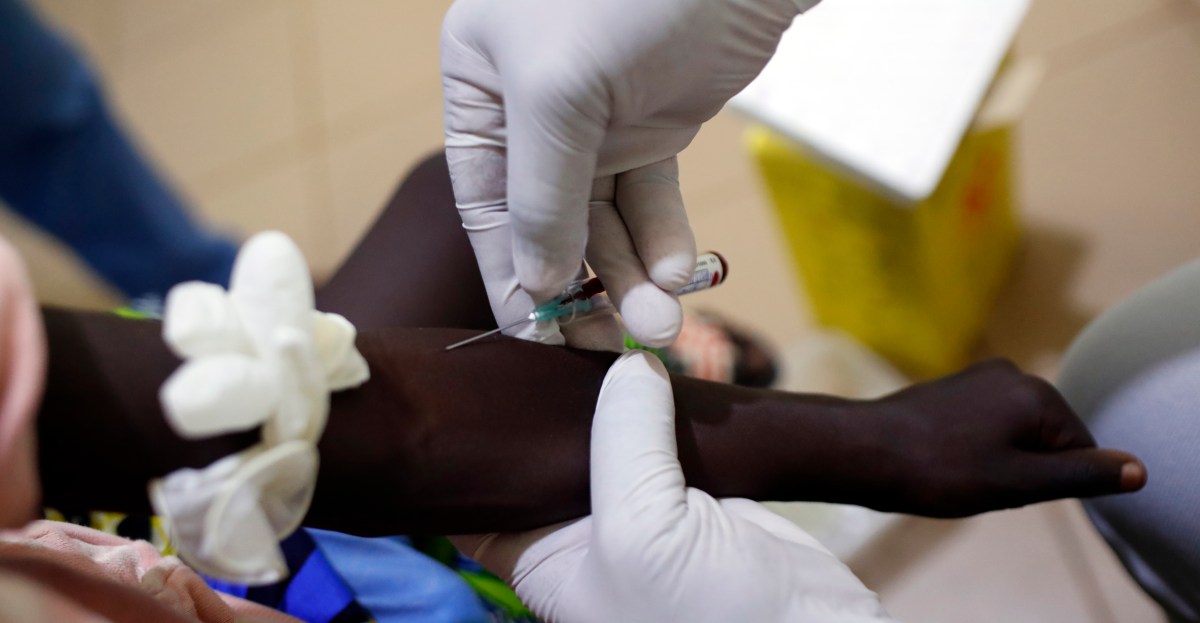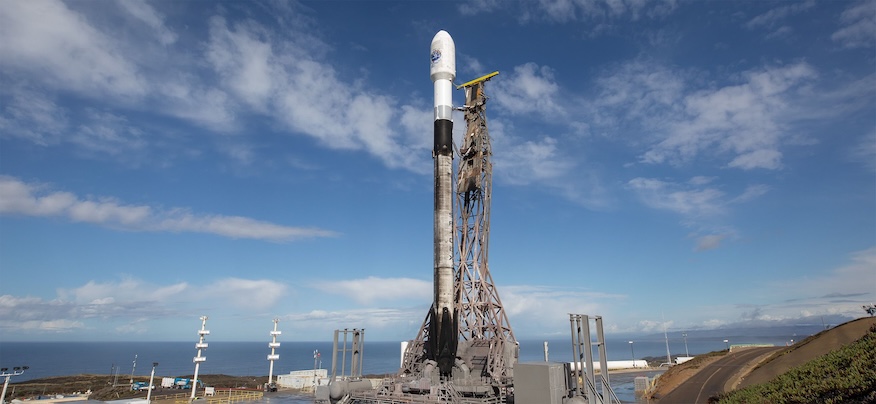Update Oct. 14, 6:45 p.m. EDT (2245 UTC): SpaceX scrubbed Tuesday’s launch attempt due to poor weather.
The Space Development Agency is set to add another 21 satellites to its burgeoning low Earth orbit constellation thanks to a launch onboard a SpaceX Falcon 9 rocket. It is the second of ten launches that the SDA booked onboard Falcon 9 so far.
The T1TL-C mission is the second flight supporting what the SDA calls its Tranche 1 Transport Layer. It’s the latest piece of a satellite constellation dubbed the Proliferated Warfighter Space Architecture (PWSA).
“The mission that we’ve been on for the last six and a half years is to deliver capability to the warfighter,” said Gurpartap Sandhoo, the SDA’s deputy director, in a prelaunch media roundtable in September.
“Back in 2019, when the SDA was stood up, [the goal] was to do two things: one was to make sure we can do beyond line-of-sight targeting and be able to place the threat, the emerging threat, in the warning missile track domain.”
SpaceX aims to launch the T1TL-C mission from Space Launch Complex 4 East at Vandenberg Space Force Base no earlier than Wednesday, Oct. 15, at 4:03 p.m. PDT (7:03 p.m. EDT / 2303 UTC). The rocket will fly on a southerly trajectory upon departure from the California coastline.
Spaceflight Now will have live coverage beginning about 30 minutes prior to liftoff.
SpaceX is using Falcon 9 first stage booster B1093 to launch this mission. Its most recent flight was the SDA’s T1TL-B mission back in September and it also flew on five Starlink missions.
Nearly nine minutes after liftoff, B1093 is scheduled to land on SpaceX’s drone ship, ‘Of Course I Still Love You,’ which is positioned in the Pacific Ocean. This is SpaceX’s 49th flight from California so far this year.
Increasing military capabilities
The 21 satellites flying onboard the T1TL-C mission were manufactured by Lockheed Martin. They will join the first 21 satellites from York Space Systems, launched on the T1TL-B mission, which are currently on orbit.
Those two companies, along with Northrop Grumman were issued contracts to build out this pice of the PWSA satellite constellation, which will consist of 126 total satellites. Following the launch in September, Col. Ryan Hiserote, the U.S. Space Force’s Space Systems Command’s devision chief in the Assured Access to Space directorate, said that Northrop Grumman’s satellites will fly on the forthcoming T1TL-A mission.

“The first three missions (A, B, and C) as to their order of launches are interchangeable,” Hiserote said in a statement to Spaceflight Now.
Tranche 1 also includes what the SDA calls a Tracking Layer, which will consist of 28 satellites, and four missile defense demonstration satellites “quipped with optical communications terminals and Ka-band radio frequency receive/transmit capability,” according to the SDA.
The SDA plans to launch approximately one mission per month to support its constellation. Following each launch, the SDA will go through initial checkouts and anticipate having these satellites in operating order for their early adopters within about four to six months.
This first constellation is designed to “serve as the initial warfighting capability for the Proliferated Warfighter Space Architecture (PWSA) and provide regional persistence for Link-16 and Ka band military tactical communications, advanced missile tracking and missile warning, and beyond-line-of-sight targeting.”
Sandhoo said the plan is that by January 2027, the U.S. Indo-Pacific Command, the unified combatant command over the Indo-Pacific region of the globe, will be able to start reliably using the capabilities provided by the Tranche 1 constellation.
“Space has always been this nebulous thing for people to understand and depend on. So that is the whole goal of that team, is to integrate this into day-to-day operations, so both the joint force understands and can leverage this capability and also the Space Force can present these forces to the joint force through the space layer,” Sandhoo said.
“It’s like any new capability that goes into the fleet, it takes time and effort and experimentation and exercising to get them all up to speed to start using it,” he added. “So, that is our goal for the next two years, at least once we get this regional capability established.”
First Appeared on
Source link












